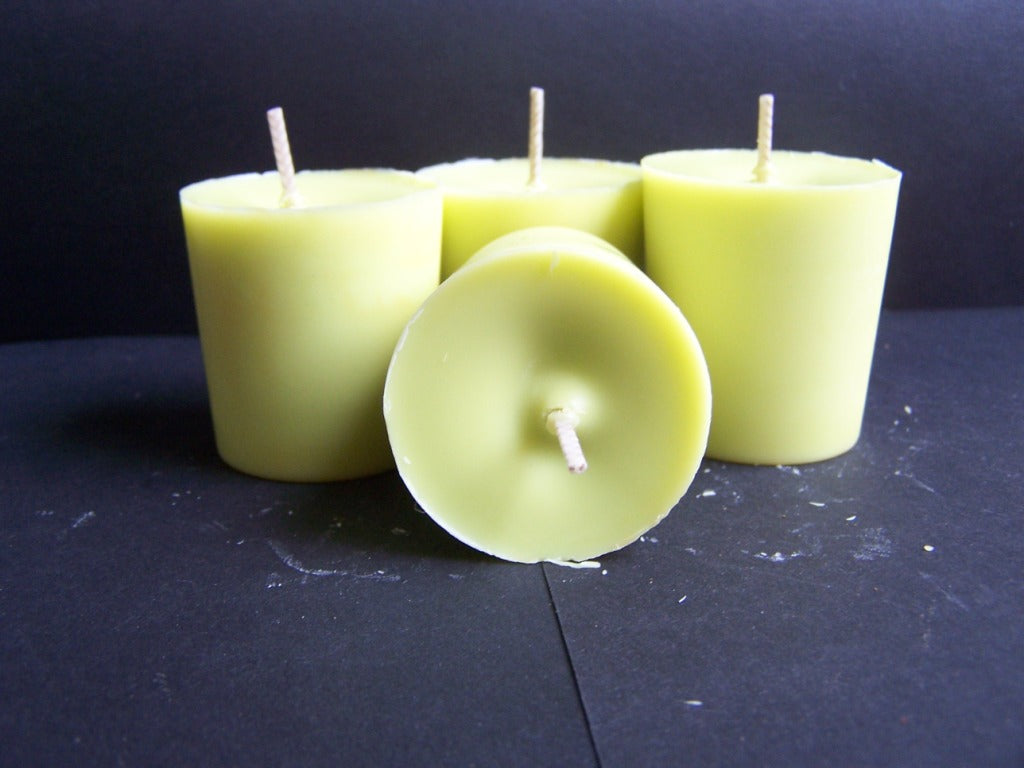Improve Your Living Room with Lavish Soy Candles and Home Fragrance
Improve Your Living Room with Lavish Soy Candles and Home Fragrance
Blog Article
From Wick to Wax: Comprehending the Chemistry Behind Soy Wax Candles and Their Environmental Impact
As we illuminate our rooms with the warm radiance of candle lights, there exists a realm of complex chemistry behind the apparently simple act of lighting a soy wax candle light. The choice in between soy and paraffin wax prolongs past simple looks, diving into the world of environmental effect and the extremely composition of the materials. Recognizing the molecular structure of soy wax and its burning procedure sheds light on the exhausts launched into our environments. Join us as we unravel the clinical complexities behind soy wax candles and explore their effects on our setting.
Soy Wax Vs. Paraffin Wax
When comparing soy wax and paraffin wax for candle production, it is important to understand the distinctive characteristics and benefits of each material. Soy wax is an all-natural, renewable resource originated from soybean oil, making it eco-friendly and environment-friendly - home fragrance. In comparison, paraffin wax is a by-product of oil refining, which increases concerns about its ecological effect and sustainability
Soy wax candle lights burn cleaner and emit less soot contrasted to paraffin wax candle lights, making them a healthier selection for interior air quality. Furthermore, soy wax has a lower melting point, permitting a longer-lasting candle light that spreads scent extra effectively. Paraffin wax, on the various other hand, tends to melt faster and less cleanly, potentially launching harmful chemicals right into the air.
From a sustainability perspective, soy wax is favored for its biodegradability and renewable sourcing, aligning with the growing customer choice for environmentally conscious items. While paraffin wax has been a standard choice in candle light making as a result of its affordability and convenience of usage, the shift towards green options like soy wax is acquiring energy in the market.
Chemical Composition of Soy Wax

Combustion Process in Soy Candles
The chemical structure of soy wax straight affects the burning process in soy candles, affecting aspects such as burn time, aroma launch, and environmental impact. When a soy candle light is lit, the heat from the flame melts the wax near the wick. This fluid wax is after that formulated the wick because of capillary action. As the fluid wax gets to the flame, it undertakes and evaporates burning. The combustion procedure involves the vaporized hydrocarbons in the wax responding with oxygen airborne to generate warm, light, water vapor, and carbon dioxide.
The combustion effectiveness of soy candle lights is influenced by the pureness of the soy wax and the top quality of the wick. A clean-burning soy candle with a properly sized wick will certainly create a consistent flame and decrease soot development. This not only prolongs the shed time of the candle yet likewise improves the release of fragrances. Additionally, soy wax candle lights have a lower ecological influence contrasted to paraffin candle lights due to their sustainable and naturally degradable nature.

Ecological Advantages of Soy Wax

Thought about a sustainable option to standard paraffin wax, soy wax provides noteworthy environmental benefits that make it a preferred selection among eco-conscious customers. Soy wax burns cleaner and produces much less residue than paraffin wax, adding to better interior air top quality and minimizing the need for cleaning and maintenance. Generally, the ecological benefits of soy wax align with the growing need for environment-friendly and sustainable products in the market.
Recycling and Disposal Considerations
Reusing and correct disposal of soy wax candles play an important duty in maintaining environmental sustainability and decreasing waste in neighborhoods and households. When it comes to reusing soy wax candle lights, the initial action is to guarantee that the candle light has burned entirely.

In regards to disposal, if recycling is not a choice, soy wax candle lights are biodegradable and can be securely dealt with in many house waste systems. It is always suggested to check with neighborhood reusing centers or waste management solutions for particular standards on candle light disposal to guarantee appropriate handling and environmental security.
Conclusion
In final thought, the chemistry behind soy wax candles discloses their ecological benefits over paraffin wax candles. Soy wax, stemmed from soybean oil, burns cleaner and generates less residue when compared to paraffin wax. The combustion process in soy candles is a lot more effective, leading to a much longer and much more also burn. Additionally, soy wax is sustainable and biodegradable, making it an extra lasting option for candle manufacturing. Reusing and appropriate disposal of soy wax candles even more contribute to their ecological influence.
When comparing soy wax and paraffin wax for candle light making, it is essential to comprehend the distinct attributes and benefits of each material (soy candles).Soy wax candles shed cleaner and give off less residue contrasted to paraffin wax candle lights, making them a healthier choice for interior air high quality.Taken into consideration a sustainable alternative to traditional paraffin wax, soy wax this article supplies noteworthy ecological benefits that make it a preferred selection amongst eco-conscious customers. Soy wax burns cleaner and generates less soot than paraffin wax, adding to better indoor air quality and decreasing the requirement for cleansing and upkeep.In conclusion, the chemistry behind soy wax candle lights exposes their ecological advantages over paraffin wax candle lights
Report this page